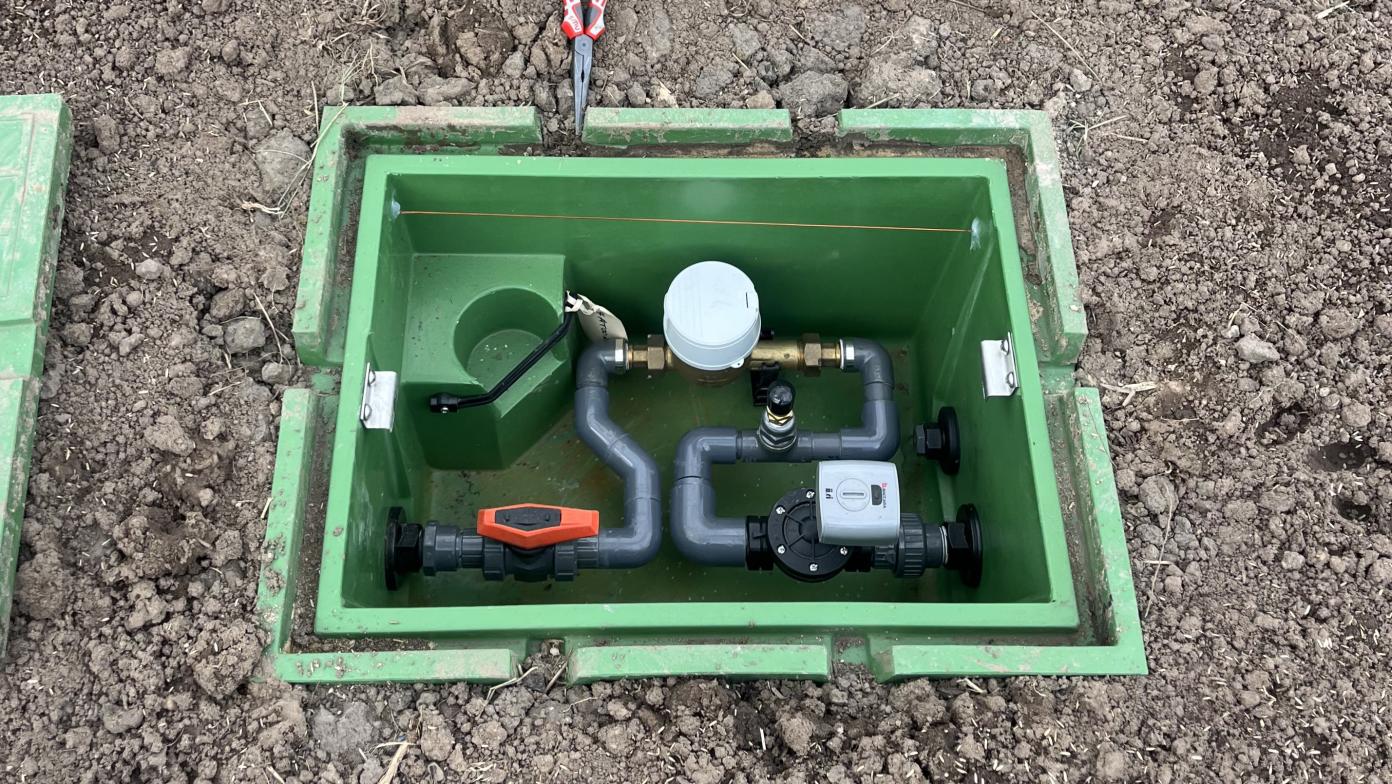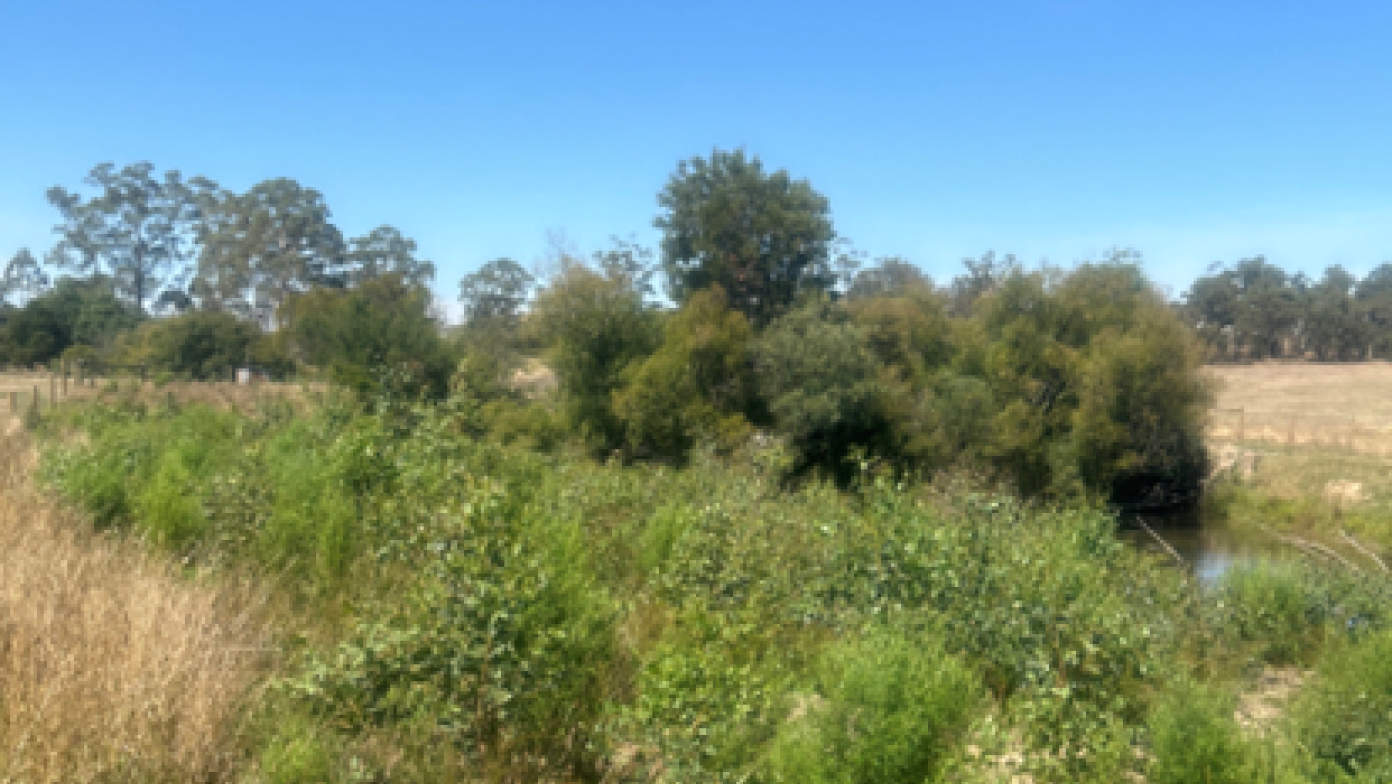Gippsland Water boosts numbers of threatened plant species
Gippsland Water has planted 200 Wellington Mint-bush plants at its property at Dutson Downs in an effort to boost the numbers of the threatened native species.
The planting on Monday 24 June marked the completion of a three-part, state government-funded conservation project to increase the population of the flowering shrub.
The Wellington Mint-bush is a listed threatened species and grows only in Gippsland. Plants can be found only at Holey Plains National Park and Gippsland Water’s property at Dutson Downs, where the number of plants was on Monday grew from about 300 to about 500.
Gippsland Water acting managing director Angelo Saridis said Monday’s planting was the result of a two-year conservation project.
“In 2017, we collected seeds from our existing population. Gippsland Plains Nursery propagated the plants to the point where they were big enough to be planted,” Mr Saridis said.
Gippsland Water will continue to monitor and protect the plants.
“The plants have their own enclosures to protect them from pests and other animals.”
This project is part of an ongoing program Gippsland Water implements to ensure the survival of the species.
“The Wellington Mint-bush is just one of the vulnerable species of plants and animals we take care of here at Dutson Downs, including the New Holland Mouse and the Metallic Sun-orchid,” Mr Saridis said.
“It’s all part of the essential role we play in helping to preserve and protect the health of our environment for future generations of our community.”
Located east of Sale, Gippsland Water’s Dutson Downs property covers more than 8500 hectares. Approximately half of the property is comprised of native vegetation with high conservation significance, including woodlands, heathlands, scrubs, wetlands and grasslands.
For more information about Gippsland Water’s commitment to maintaining local biodiversity, visit https://www.gippswater.com.au/residential/what-we-do/environmental-management.



